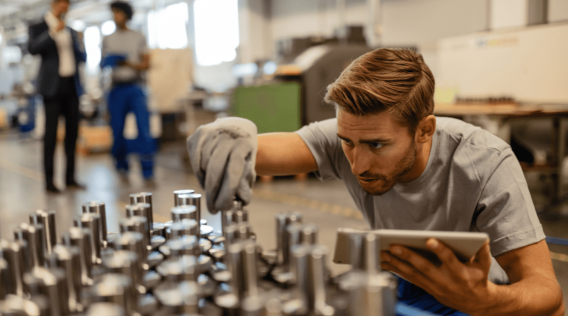Hot chamber die casting is a widely used manufacturing process that allows for the production of complex and high-quality metal parts with excellent surface finishes. This process involves injecting molten metal into a metal mold, known as a die, under high pressure. The molten metal fills the die cavity and solidifies to form the desired shape of the part. In this article, we will explore the process and advantages of hot chamber die casting.
The hot chamber die casting process starts with the preparation of the die. The die is typically made of steel and consists of two halves, the stationary half and the moving half. These halves are precision-machined to form the desired shape of the part and are designed to withstand the high pressures and temperatures involved in the process.
Once the die is prepared, it is mounted onto a die casting machine. The machine consists of a furnace, a plunger, and a hydraulic system. The furnace is used to melt the metal, usually zinc or magnesium, to its liquid state. The molten metal is then transferred to the injection cylinder, which is connected to the die.
In the hot chamber die casting process, the injection cylinder is always filled with molten metal, hence the name hot chamber. When the plunger is pushed forward, it forces the molten metal into the die cavity under high pressure. The metal fills all the intricate details of the die, replicating the shape of the part accurately.
As the molten metal cools and solidifies, the die is opened, and the newly formed part is ejected. The part may require additional post-processing steps, such as trimming excess material, machining, or surface finishing, to achieve the desired specifications. However, hot chamber die casting often produces parts with a high level of dimensional accuracy and surface finish, reducing the need for extensive post-processing.
Hot chamber die casting offers several advantages over other manufacturing processes. Firstly, it allows for the production of intricate and complex parts that would be difficult or impossible to achieve with other methods. The high pressure used in the process ensures that the molten metal flows into all the details of the die, resulting in highly detailed and precise parts.
Hot chamber die casting is a highly efficient process. The rapid injection and solidification of the molten metal allow for high production rates and short cycle times. This makes it suitable for mass production of parts, where speed and efficiency are crucial. Additionally, the process has a high material utilization rate, minimizing waste and reducing costs.
Hot chamber die casting also offers excellent mechanical properties for the produced parts. The rapid cooling of the molten metal during solidification results in a fine and uniform microstructure, leading to improved strength and hardness. The parts produced through this process exhibit good dimensional stability, high tensile strength, and excellent corrosion resistance.

Hot chamber die casting is a cost-effective manufacturing method. The initial tooling and setup costs may be higher compared to other processes, but the high production rates and low labor requirements result in lower overall costs per part. The process also allows for the production of complex parts in a single operation, eliminating the need for multiple manufacturing steps and reducing assembly costs.
Hot chamber die casting is a versatile and efficient manufacturing process that offers numerous advantages. It allows for the production of complex and high-quality parts with excellent dimensional accuracy and surface finish. The process is highly efficient, with high production rates and short cycle times. The resulting parts exhibit excellent mechanical properties and corrosion resistance. Moreover, hot chamber die casting is a cost-effective method, reducing overall production costs. With these advantages, hot chamber die casting continues to be a preferred choice for various industries requiring high-quality metal parts.
-

- Deli za livarno magnezija Volanski drog
-

- OEM storitev tlačnega litja kovinskih komponent macbook sredine
-

- Kolo za tlačno litje iz magnezijeve zlitine za e-kolo
-

- Kolesa za livarske dele iz magnezijeve zlitine s CNC obdelavo in površinsko obdelavo
-

- Kolesa za otroke Otroška kolesa za 3-16 let Otrok / OEM Otroško kolo Otroška gorska kolesa 2022
-

- Pokrov ohišja prenosnega računalnika z deli iz tlačno litega magnezija D

 0086-750-5616188
0086-750-5616188 +86 13392089688
+86 13392089688 sales@zhongmei-tech.com
sales@zhongmei-tech.com







